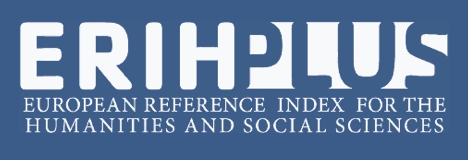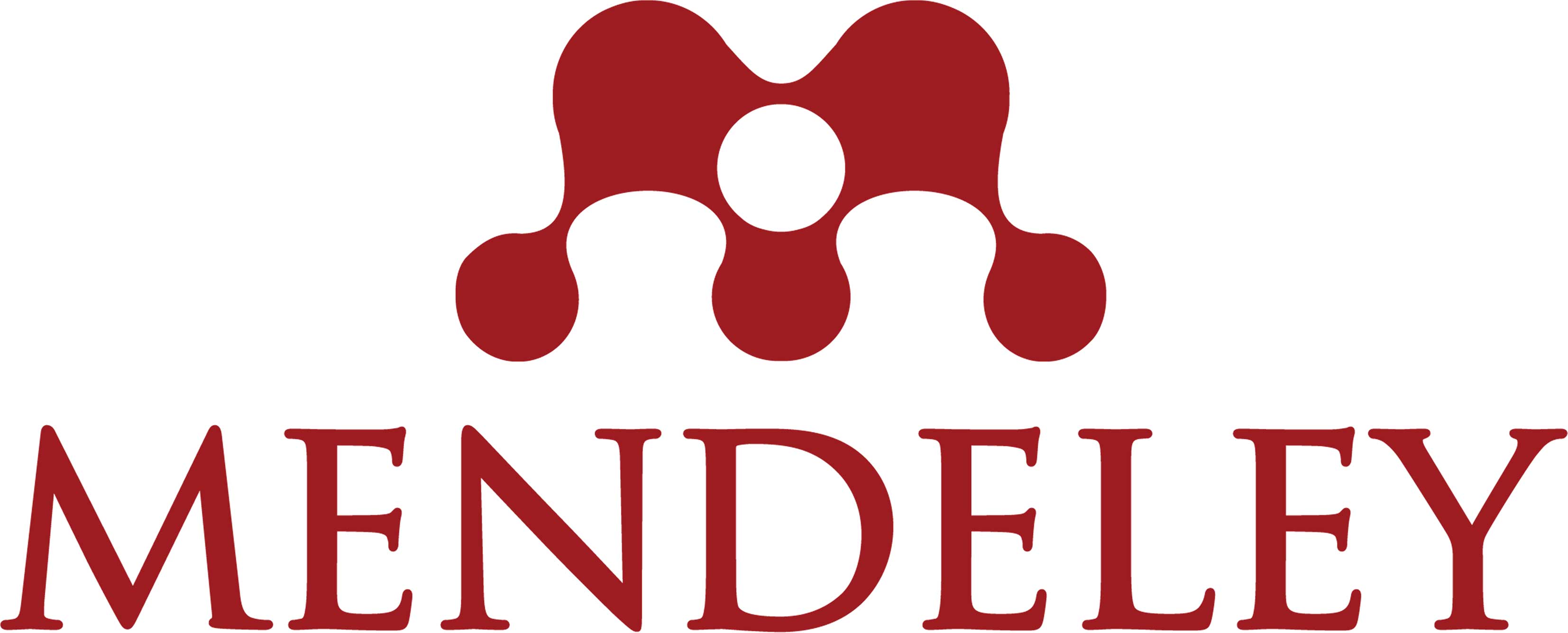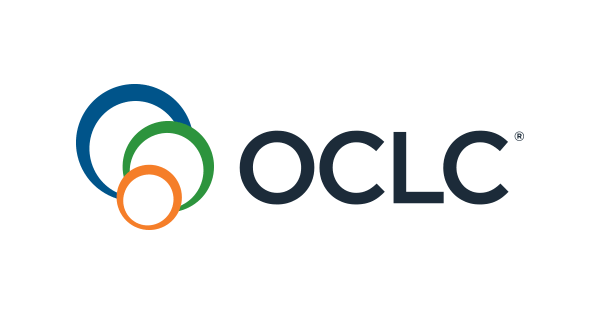How Efficiency Drives Bank Performance in Pakistan: A Quantile-Based Methodology
Abstract
This research examines Pakistani commercial banks’ relationship between efficiency and profitability levels from 2020 to 2024 through Data Envelopment Analysis (DEA) combined with panel quantile regression methods. The research investigates financial performance patterns stemming from banking efficiency across diverse profitability levels to explain the efficiency-profitability relationship better. The study shows performance enhancement from efficiency operating through different intensity levels when examining profit margin distribution groups. Banks demonstrating lower-to-median profitability show major profit increases through efficiency improvements, yet this relationship weakens at higher performance levels resulting in negative effects for top-performing banks. Underperforming banks need efficiency to improve their results but banks performing at high profitability levels gain little value from efficiency improvements. The research evaluates bank size and capital adequacy ratio non-performing loans ratio and loan-to-deposit ratio as control factors that affect bank performance. The study utilizes panel quantile regression as an alternative to mean-based estimators to show how banking efficiency produces varying results across different sectors of bank performance. The experimental strategy advances policy recommendations that bank managers and regulators should consider adopting specific plans that align with a bank’s current profitability status. The research investigation adds new findings to emerging market banking efficiency literature through practical strategies for better banking approach development.

This work is licensed under a Creative Commons Attribution-NonCommercial 4.0 International License.












.jpg)








